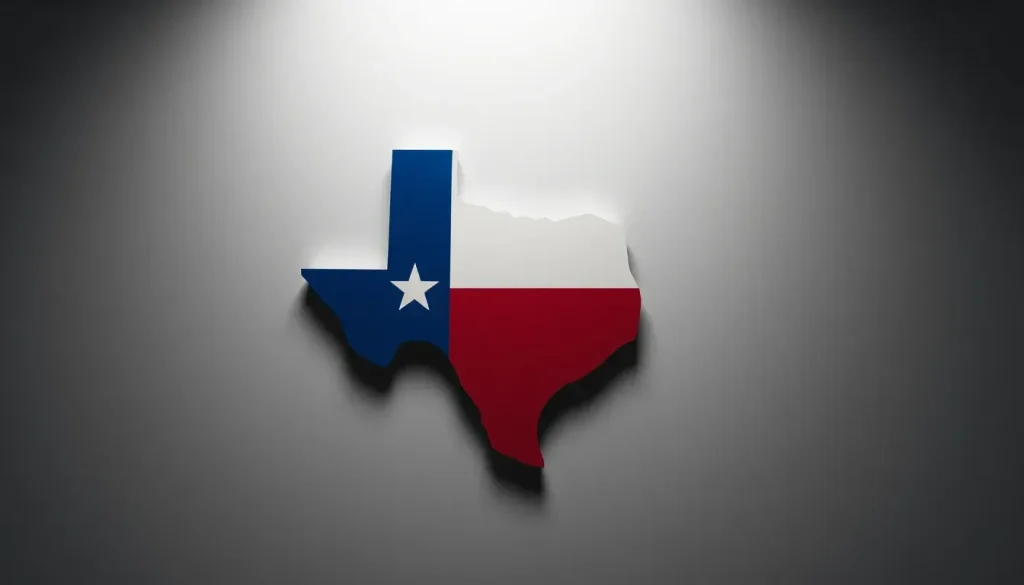Texas age requirement law for developers explained by Apple

As the digital landscape evolves, so do the laws governing it, particularly when it comes to protecting children online. A new Texas law mandating age verification for app downloads is set to reshape how developers handle user data and parental control. Understanding the implications of this law is crucial for developers and users alike.
On October 8, Apple officially communicated to developers the necessity of complying with a new law in Texas that requires stringent age verification for apps distributed on the App Store. This regulation, effective from January 1, 2026, outlines specific steps that developers must take to adhere to legal standards.
The legislation, known as SB 2420, mandates that digital storefronts must verify the age of users. If users are under 18, they must have parental or guardian supervision. This requirement aims to enhance online safety for minors while also raising significant questions about user privacy and data security.
Understanding the Texas age verification law
The Texas law places the onus of responsibility on developers to ensure that age verification processes are in place. Here are the key components of the legislation:
- Developers must verify the user's age when an app is downloaded.
- Users under 18 must operate under the supervision of a parent or guardian.
- Consent from a parent or guardian is necessary for app downloads, purchases, and transactions.
- Users creating a new Apple Account in Texas must confirm their age.
- Underage users must join a Family Sharing group.
This law not only impacts developers in Texas but also poses potential ramifications for those in other states, as similar laws are anticipated in places like Utah and Louisiana. Thus, compliance with Texas law could serve as a template for future regulations in other jurisdictions.
The implications for developers
Developers are on the frontline of this legislative change and will need to adapt their applications accordingly. Apple has indicated that modifications will be necessary for apps to meet the requirements. This adjustment is not merely a matter of compliance; it also poses opportunities for developers to enhance their applications' user experience.
Apple has introduced the Declared Age Range API to assist developers in complying with the new law. This API will allow developers to categorize users based on age without collecting excessive personal data, thereby addressing privacy concerns while fulfilling legal obligations. This is how the API functions:
- It allows developers to declare the age range of their users.
- The API will be updated to ensure it aligns with Texas’s specific age categories.
- Future updates will enable developers to re-request parental consent when significant app changes occur.
Moreover, parents will have the ability to revoke consent for their children’s use of an app, adding a layer of control and oversight that is vital for family safety.
Privacy concerns surrounding age verification
While Apple has expressed its commitment to improving child safety, the company has raised concerns about the privacy implications of this law. The requirement for age verification necessitates the collection of personally identifiable information, which could be sensitive in nature. Here are the primary privacy concerns:
- Potential misuse of sensitive data collected during the verification process.
- Lack of clarity on how the data will be stored and protected.
- The risk of exposing minors to data breaches if adequate security measures are not in place.
To mitigate these risks, Apple is focusing on developing systems that allow for age verification without compromising user privacy. The introduction of the Declared Age Range API is a step toward achieving this balance.
Future developments and updates
Apple plans to release further technical documentation and details regarding the age verification process later in 2025. This will provide developers with the necessary guidance to adjust their applications effectively. The following points outline what developers can expect:
- Detailed technical specifications for implementing the Declared Age Range API.
- Updates regarding how to request parental consent efficiently.
- Information on best practices for maintaining user privacy while complying with the law.
By proactively addressing these challenges, Apple aims to ensure that compliance with the new Texas law does not hinder developers or infringe upon user privacy.
Contextualizing the law within national trends
The Texas age verification law is part of a broader national trend aimed at increasing child safety online. Various states are considering similar regulations, reflecting growing concerns about the potential dangers of unregulated app usage by minors. This shift signifies a critical juncture in the ongoing dialogue about digital privacy and child protection.
For developers, adapting to these regulations will not only involve technical changes but also necessitate a shift in mindset regarding data privacy and user safety. As they navigate these new waters, it’s essential to remember that these laws are designed to protect the most vulnerable users in the digital ecosystem.
For more insights on this legislation and its implications, consider watching this informative video:
In conclusion, the new Texas age verification law represents a significant step toward ensuring safer online environments for children. However, it also poses formidable challenges that require developers to innovate and adapt their practices while maintaining a strong commitment to user privacy.



Leave a Reply